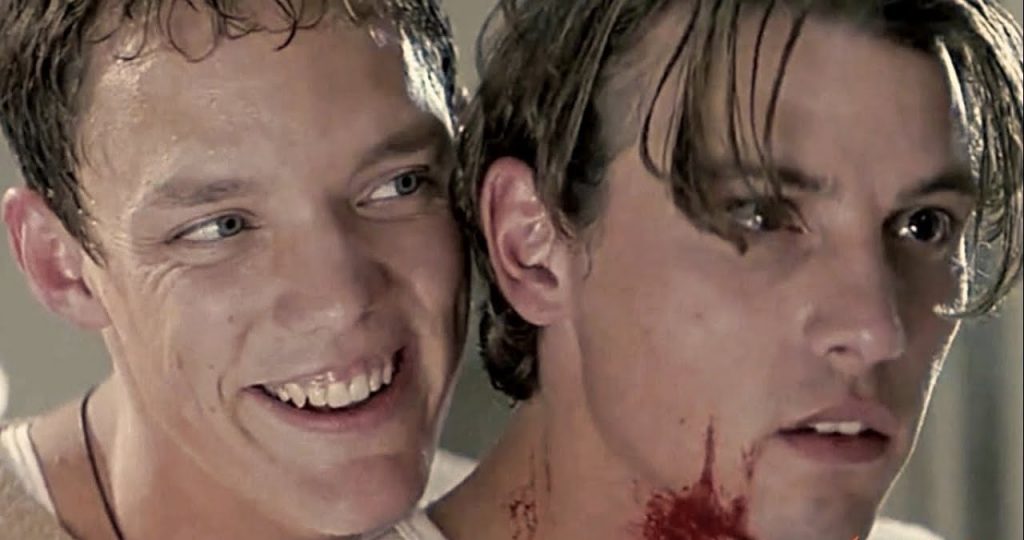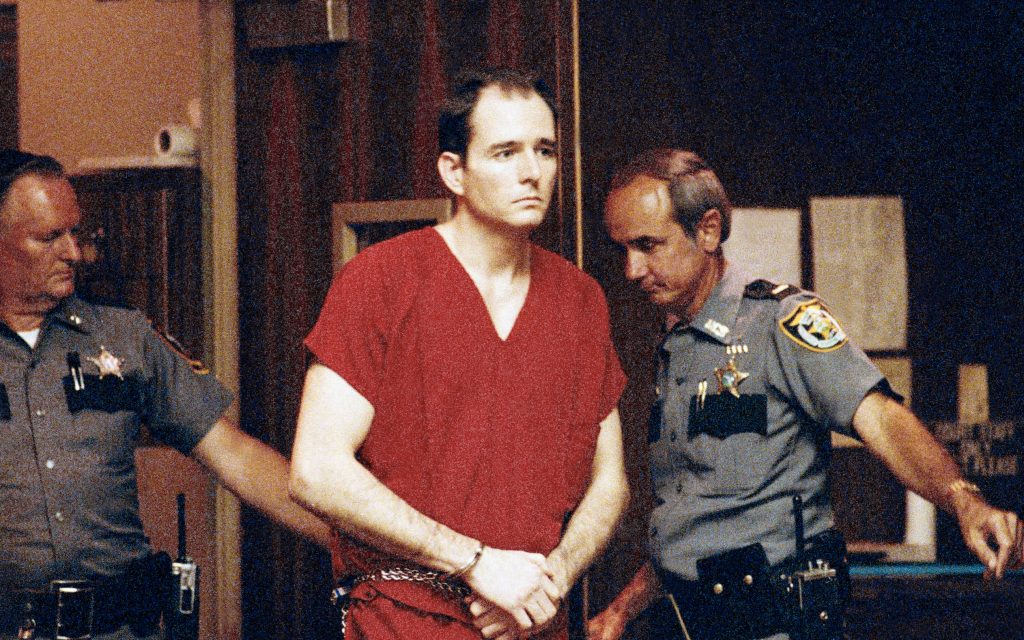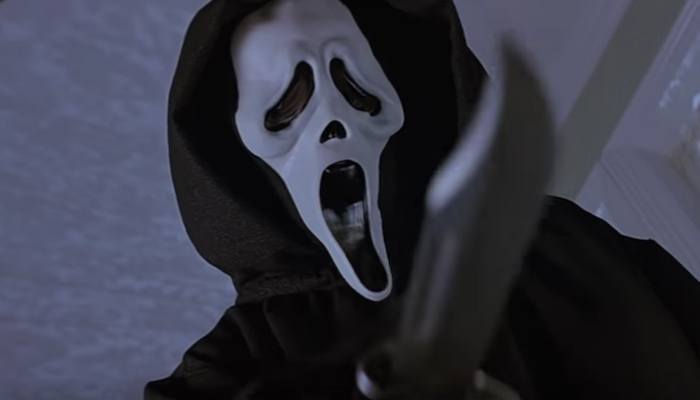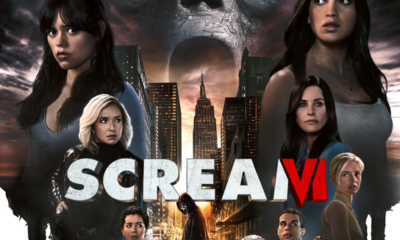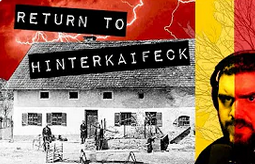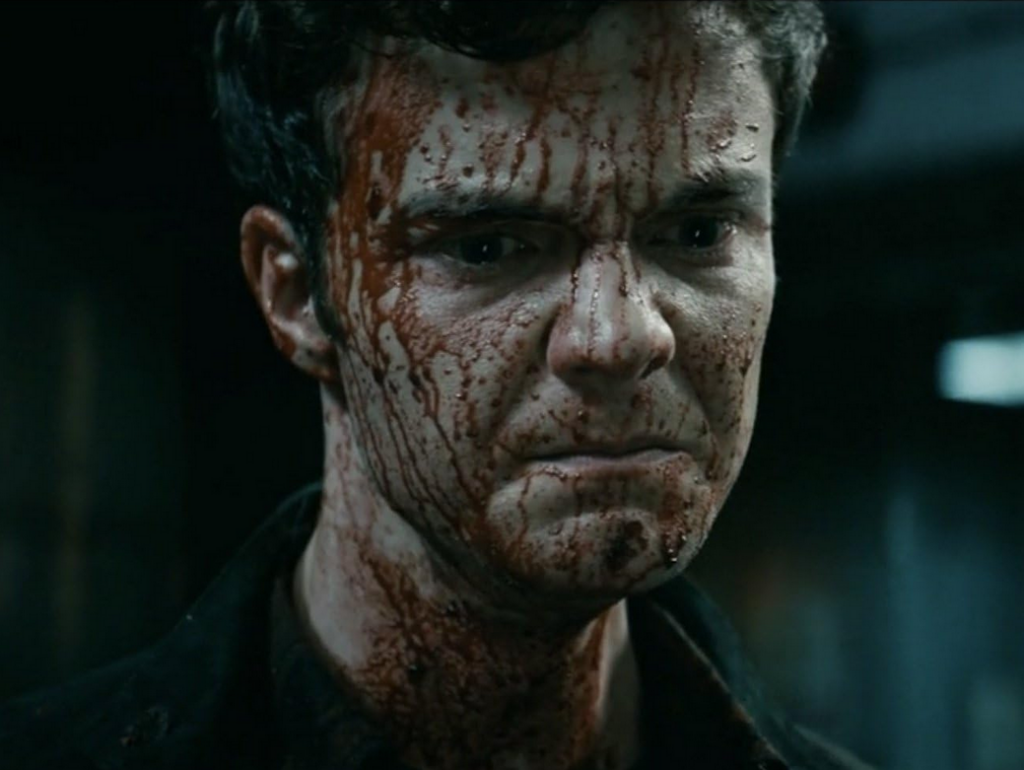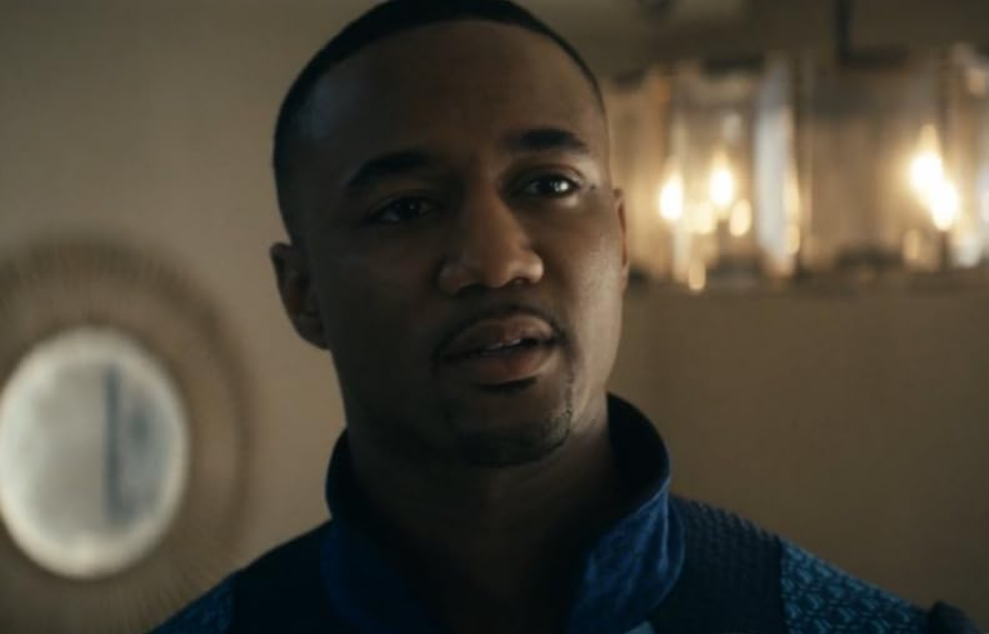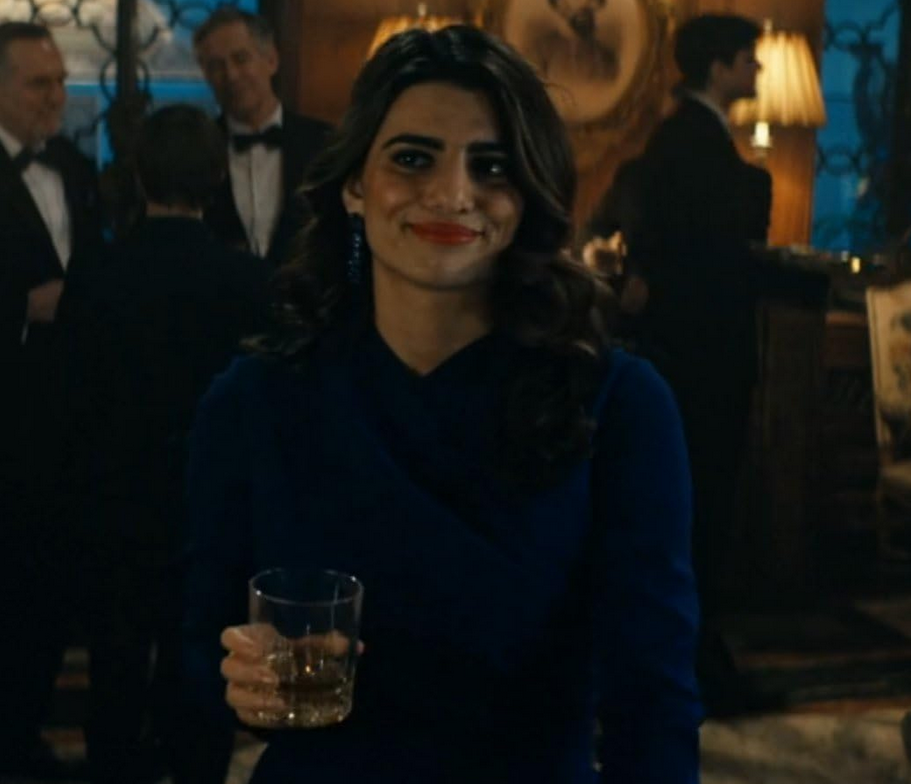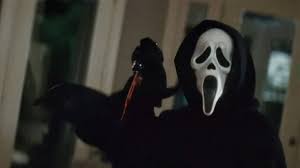
Screen Slashers: The real Ghostface killer who inspired the Scream franchise
More Videos
Published
4 years agoon
By
Rachel Roth
Who is Ghostface? It’s the question behind every Scream film, but who is the real man behind the mask? It’s not Jill Roberts or Billy Loomis but the very real Danny Rolling, the Jack the Ripper of modern America. Even though the 1996 film starring Neve Campbell and Courtney Cox shares very little in common with the original story, it borrows the paranoia that struck the sleepy college town of Gainesville as well as the sinister brutality of Rolling’s character.
The spine of the Scream films is its unique balance of self-awareness and ignorance taking place within the characters. The film itself is very self-aware. It knows the rules and cliches of horror movies and goes about dismembering them. It’s the actual villains though, in this case, Billy and Stu, who are lacking in this self-awareness as they seem blind to the reality of their own actions. At the end of their massacre, the duo reveals their individual motives, but it’s easy to see that they’re just excuses. They would have found any reason to kill and justify it with logic. Their real motives — Billy is just angry and psychotic, and Stu is a happy lap dog that doesn’t seem to know what’s going on half the time.
Put these boys together, and amp them up to the max, and you’ll get something close to Danny Rolling a.k.a. The Gainsville Ripper. Home to my home state (my aunt actually lived next door to two of the victims), Rollings was a serial killer who murdered five college students in August of 1990 over the course of four days.
Danny Rolling
Danny Rolling was born on May 26, 1954, to Claudia and James Rolling, two people who definitely weren’t meant to have children. James was a cop who consistently abused his wife and children, acting as if their very existence was a burden on his day-to-day life. He first started abusing Rolling when the boy was less than a year old when he’d beaten him for not crawling correctly. It only got worse when Rolling’s brother Kevin was born in 1955. There was even a time when James beat and handcuffed his son to the floor, calling the police and leaving him in a jailcell just for embarrassing him.
When Rolling started grade school, his mother had a nervous breakdown and was committed to a mental health clinic after a failed suicide attempt. After that, he quickly fell off the deep end, finding solace in drugs and alcohol and turning to music to chase away the demons, all the while absorbing pieces of his father’s hate and violence. He was actually a pretty good musician. If things had turned out differently he might’ve had a decent career in music.
The Gainesville Ripper
In the year of the murder spree, Rolling followed his mother’s footsteps in having a nervous breakdown. By this point, he’d built up a list of crimes including at least one sexual assault as well as multiple petty offenses that kept him jumping in and out of prison. In 1990, he finally snapped and attempted to murder his father, then 58, by shooting him twice in the face. The man survived but lost an eye and an ear in the attack.
Shortly after that, Rolling changed his name and started a new life in Florida. He was now Michael Kennedy Jr., but this new and improved version was just as troubled as the old and on August 24, 1990, the spree of the Gainesville Ripper officially began.
The first victims were Sonja Larson and Christina Powell, two incoming freshmen at the University of Florida that he followed home. He raped and murdered them both, mutilating their bodies post-mortem. The next day, he broke into the apartment of 18-year-old Christa Hoyt, whose murder would become the most infamous of the five. Similar to Larson and Powell, he raped and murdered Hoyt before cutting off her head and placing it atop a bookshelf, setting her decapitated body up on the bed so that they would face whoever discovered her.
By this point, fear had begun to spread across the campus. In just a few days, the University of Florida was suffocating in paranoia. Students carried weapons, they slept in groups behind triple-locked doors with someone keeping watch at all times. By the end of August, thousands of students left campus, and/or transferred schools. Even after it was over, there were hundreds who never came back.
The final day of the spree occurred on August 27 with the murders of Tracey Paules and Manuel “Manny” Taboada, both 23. He killed Taboada while he slept and chased down Paules when she heard the commotion in their shared apartment. They were the only victims he didn’t mutilate although he did pose Paules’s body in a sexual position
Capture and death
Rolling wasn’t actually arrested for the murders but on burglary charges miles away in Ocala on September 7. He was later connected to the murders when tools found in his car matched some of the markings on the victims’ bodies. Further investigation led to the discovery of a one-man campsite near the student apartments where a series of audio diaries featuring Rolling’s admitting to the crimes were discovered.
Similar to Billy and Stu who made excuses for their actions, Rolling gave his own preferred excuse at his trial. He claimed that he’d wanted to be a “superstar” similar to Ted Bundy, even though there were clear signs in his past of trying to fight the “urges” that compelled him to kill and having trouble with violence way before Bundy was even a thing during the 70s.
On April 20, 1994, Danny Rolling was given a death sentence that was carried out in 2006 by lethal injection.
Connection to Scream
Some of the greatest films of all time were inspired by crime and a lot of them, by violent crimes; Zodiac, Monster, My Friend Dahmer, Snowtown, Memories of a Murder, The Texas Chainsaw Massacre, etc. We hate the crimes (sometimes) but love the art they inspire and thanks to an aspiring screenwriter who stayed up late to freak himself out on a tv documentary, the Wes Craven classic Scream can be added to that list.
In March of 1994, Kevin Williamson was watching a feature on the Gainesville Ripper on Turning Point and it gave him an idea. He sat down and wrote a script, completing it in just three days, about a masked killer that stalks kids in a sleepy town named Woodsburrow. He called it Scary Movie, a name that would eventually become Scream, incorporating the way that terror overtook an entire town in a short amount of time thanks to a deranged killer.
Of course, nothing about Scream reveals any obvious connection to Rolling. The story and characters are their own, and the ages were changed to high school years. Unless you know beforehand, there’s no way to tell that Scream was inspired by anything other than horror clichés. Although, the film does give a vague, brief, reference to the reality of its inspiration when near the end, a manic Billy shouts, “movies don’t create psychos, movies make psychos more creative.” The comment was screenwriter, Kevin Williamson’s own personal rebuttal to Republican Presidential candidate Bob Dole’s claim that violent entertainment was influencing crime. Dole cited Natural Born Killers (a film that criticizes the media’s glorification of violence) as “evidence” and this was Williamson’s way of saying that art imitates life and if life does imitate art, it’s because the cause is already there.
By the way who else can’t wait for Scream 5? I’m excited!
Rachel Roth is a writer who lives in South Florida. She has a degree in Writing Studies and a Certificate in Creative Writing, her work has appeared in several literary journals and anthologies. @WinterGreenRoth

You may like
We have come now to the finale of season four of The Boys. And while it didn’t have the literal blood fireworks I wanted, someone did get ripped in half in the air. So, that’s pretty close.
As a note, I will try to avoid spoilers as much as possible. This ending was a hell of a gut punch that should be experienced as blindly as possible. That being said, I will not be able to avoid spoilers and still give a full legitimate review. Proceed at your own risk.
The story
The main storyline for this episode is the attempted assassination of President-Elect Robert Singer. The Boys join forces with the Secret Service to protect him. But, as we learned last episode, Annie has been replaced with a shapeshifter. A shapeshifter that was welcome not just into Hughie’s anus, but into the protective bunker in which the President-Elect is hiding.
What worked
The first thing I want to discuss about this episode is the ending. But we need to do this carefully.
The important thing here is that the ending breaks your heart on so many levels. So many terrible things are happening to characters that it’s almost hard to keep track. And each moment is significant to each character.
I cannot give a specific example. But no matter who your favorite character is, you’re going to weep for them.
Unless your favorite character is Sage. And this is the next thing that made this episode so fantastic.
I don’t think I’m spoiling anything to say that Sage’s plans worked out exactly as she wanted them to. And she got exactly what she wanted.
What she wanted wasn’t power. It wasn’t money or fame or vengeance. It wasn’t to win the love of anyone. She just wanted to see if she could do it.
That is a terrific, terrifying motivation! Because all she wants is to play a massive game of chess with people as pieces. She doesn’t care about anyone. She just wants to see how many people she can manipulate. She just wants to set things on fire to see if she can.
Fantastic. A plus villain work.
The next thing I want to discuss is a cornerstone of the whole series.
The morality of The Boys shifts through the series. While it’s very much a battle to save the world from overpowered super monsters, it’s also a battle for the souls of our real heroes. And in that battle, there are two warring factors. We have Hughie, always trying to bring everyone up to a better level. And we have Butcher, who has no problem at all hitting rock bottom with a shovel in hand to do some more digging.
In this episode, we saw almost every member of The Boys challenged. Will they rise to their higher angels, or sink with their demons?
On a similar note, I am so glad that the writers kind of addressed my issues with Annie. They did this by having the shapeshifter get right into her face and accuse her of thinking that she’s better than everyone.
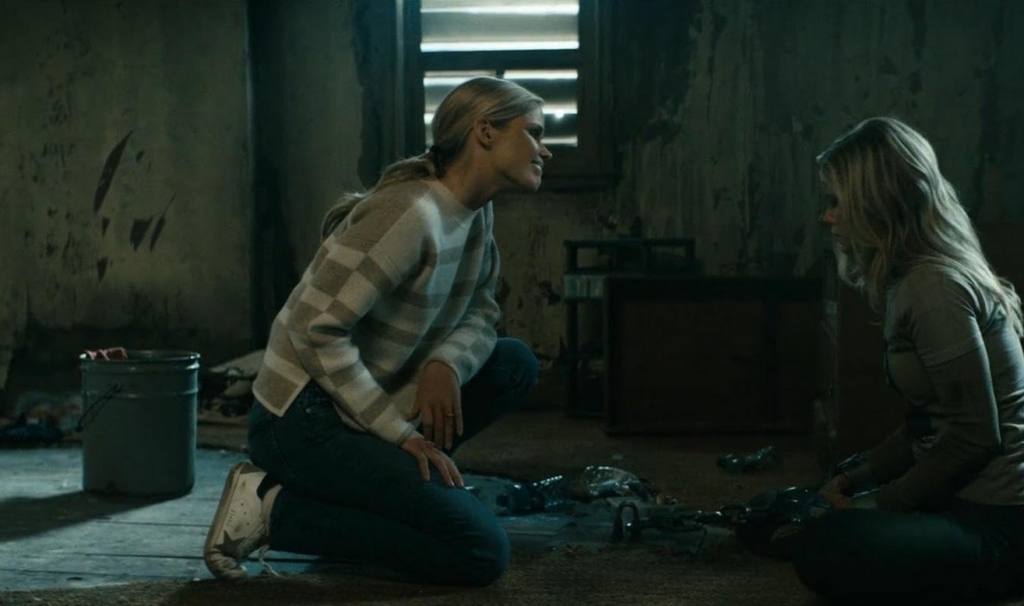
While that was devastating for the character, it was a little cathartic for those of us who felt like Annie was a little too good of a good guy.
What didn’t work
This is a small matter, but it is an issue that I want to address. After Annie finds out that Hughie slept with her doppelganger, she is furious at him.
In addition to this being unfair, it’s also a very cliche element to add. In almost every instance of a lookalike in fiction, there’s a moment where the love interest of the victim is fooled. Or almost fooled. And it’s always the same fight. It’s just played out and predictable. I’m just glad that it didn’t last very long.
Now that we’ve come to the end of the season, I can officially say that it was amazing. The story was deep and rich. The special effects were a stomach-turning good time. The character development was spot-on and satisfying. And, of course, it left me just about gagging to see what happens next. Unfortunately, it looks like we’ll have a bit of a wait. Because as of right now, the fifth season isn’t expected until 2026.

We’ve reached the second to last episode of The Boys, season four. And, as is appropriate for the penultimate episode of any show, things have to get a lot worse before they can get better.
Let’s discuss.
The story
Christmas is coming, and the whole world is getting ready. Ryan, despite being very clear that he didn’t want to appear on any TV shows or movies, has been strong-armed into participating in a Vought puppet Christmas special. He draws the line, though, when asked to sing about turning one’s parents in if they start talking about woke things.
Meanwhile, The Boys are trying to keep each other together. Butcher decides to take Sameer to the rest of the team. He also gets Frenchie out of prison, hoping they can make the Sup virus necessary to finally take down Homelander. Instead, this decision means disaster for one member of the team.
What worked
I first want to talk about Ryan’s speech near the end of the episode. Because it was exactly the moral of this whole story.
Ryan’s dad is a monster. His stepdad is also kind of a monster. But Ryan is a good kid. He cares about people, about family. And while he loves Homelander and Butcher, he doesn’t want to be like them.
Even better, this speech sounded like something a kid would say. Ryan didn’t open his mouth and start sounding like a college student all of a sudden. He sounds like a kid who misses his mom and wants to live up to the good standards she set for him. And I think that’s terrific.
Speaking of Homelander, he shot himself in the foot in this episode. I said earlier in the season that his hubris was going to be his downfall, and I was right. Without Sage, he just has the same weaknesses he’s always had. He’s going to fail because he just isn’t clever enough or patient enough to succeed.
Without Sage, I think a win is in the bag for The Boys. This isn’t to say that Homelander by himself isn’t dangerous. It’s just that he’s more like a wildfire than a controlled burn. He’s going to cause a lot of damage, but not get anything he wants out of it.
More’s the pity for him and everyone else who has to share his world.
Finally, I am thrilled with A-Train’s redemption story. I love that he wants to be a good person not to save himself, but to be a good person. His honest, pure and warm reaction to that little kid smiling at him in the last episode was heartwarming. It changed him in a moment, bringing to light a goodness that he’s been keeping under wraps for a long time.
This, along with Ryan’s courageous speech, proves once again what The Boys does so well. Yes, it’s gruesome. Yes, there’s blood and balls and batshit events. Yes, someone occasionally gets ripped in half. But there is a true human goodness in the story. One that we catch glimpses of. There are good people among the monsters. There is hope for redemption.
What didn’t work
Of course, so few things in this life are perfect, and this episode was no exception. For instance, I was irritated by the insinuation that Butcher cheated on his wife.
That just doesn’t make any sense. We’ve seen flashbacks of Billy and Becca. They were happy. He was happy. He was head over heels for her. And I don’t think it’s realistic or necessary for the character to throw in that he cheated. It does nothing to add to the story, it’s just a weird and offputting moment.
Doesn’t Butcher have enough to hate about himself? Can’t we just give him that at least he was a good husband?
Finally, I kind of hate that we ended up with Annie being caught. It’s just cliche, which is something I don’t normally say about this show. It feels lazy unless they do something very clever with it in the last episode. Which, I suppose, they might.
Next up is the season finale. And with this season being as insane as it has been, I’m expecting nothing short of bloody fireworks. And I mean literal fireworks of blood. At this point, would it surprise anyone?
 (4 / 5)
(4 / 5)
Episode six of The Boys was one of the most surprising episodes of the series so far. And that is certainly saying something. Because this season has so far been bonkers.
The story
Our episode today revolves around a party at Tek Knight’s lovely mansion. Yes, it does look just like Wayne Manor.
The Boys know that Tek Knight is working with Homelander on something, but they don’t know the details. So they decide to send Hughie in to bug the mansion.
Because that’s worked so well the other two times he’s tried to hide a bug!
It should surprise no one that this time goes no better. Hughie finds himself in Tek Knight’s basement. And by that I mean his BDSM dungeon.
Meanwhile, the party upstairs is no less disturbing. Homelander and Sage are trying to convince some well-off political donors to support a cue after the election. When pressed for details on his plan, Homelander freezes. He looks to Sage for help, but she wasn’t recently shot in the head and still in the junk food stage of her healing.
Fortunately, or unfortunately depending on your point of view, Neuman jumps in and saves the day.
What works
If I’m going to say one thing about this episode, it didn’t hold back at all. I didn’t expect them to show a character masturbating, sitting their bare behind on a cake, or spraying breastmilk into someone’s face. But every time I thought they’d cut the scene and let something be left to our imagination, they did not do that.
This is a dangerous move. Whenever you show the monster, you run the risk of them not being scary enough, or gross enough. As Stephen King says in Danse Macabre, to leave this sort of thing to the imagination if the reader makes things so much worse. So when they finally experience the monster, they might say that this isn’t so bad. It could have been so much worse.
But in this case, they managed to avoid that by making the scenes, especially the ones in Tek Knight’s dungeon, so much worse than I imagined it would be.
What doesn’t work
While this was a deeply disturbing episode in many ways, there was one really innocent and sweet moment.
And yes, I did have a problem with it.
Confronted by Firecracker, Annie decides to apologize for spreading rumors about her when they were kids. She tells her that she is genuinely sorry.
And I believe her. I don’t think Firecracker did, but I did.
So why is this an issue? Because I’m starting to think that Annie is maybe too nice. She is too good.
I know that Annie is our good guy. But every one of the other good guys has flaws. Hughie let his pride get in the way and took Temp V. MM hid himself from his daughter instead of teaching her to work through her emotions. Kimiko is far too closed off and has a hard time trusting others. Frenchie numbs himself with drugs. And well, what hasn’t Butcher done?
It is unrealistic that Annie is just so kind and so flawless. We all have shadows in our personalities. We all have weaknesses, we all mess up. We all do things we wish we could take back. The fact that Annie doesn’t seem to have anything like that is not just unrealistic. It’s infantilizing.
Give her some deep dark secrets. Give her something real to regret.
This was a shocking episode, even for someone fairly jaded like me. I wasn’t expecting the sort of weird sexual depravity, though I guess maybe I should have seen it coming. It was dark, upsetting, tense, and funny as hell. And with just two episodes left in the season, I can imagine the stakes are only going to get higher.
 (4 / 5)
(4 / 5)
By the way, if you like my writing you can get my short story, Man In The Woods, on Smashwords and Amazon.

